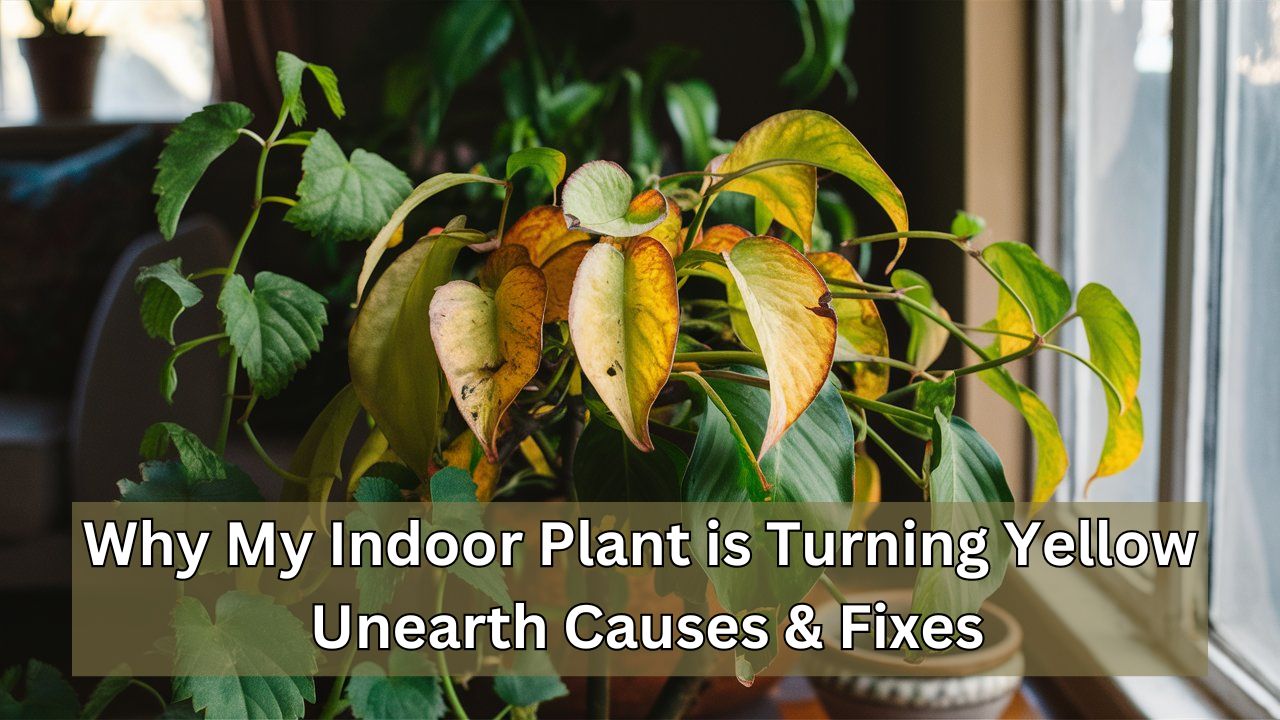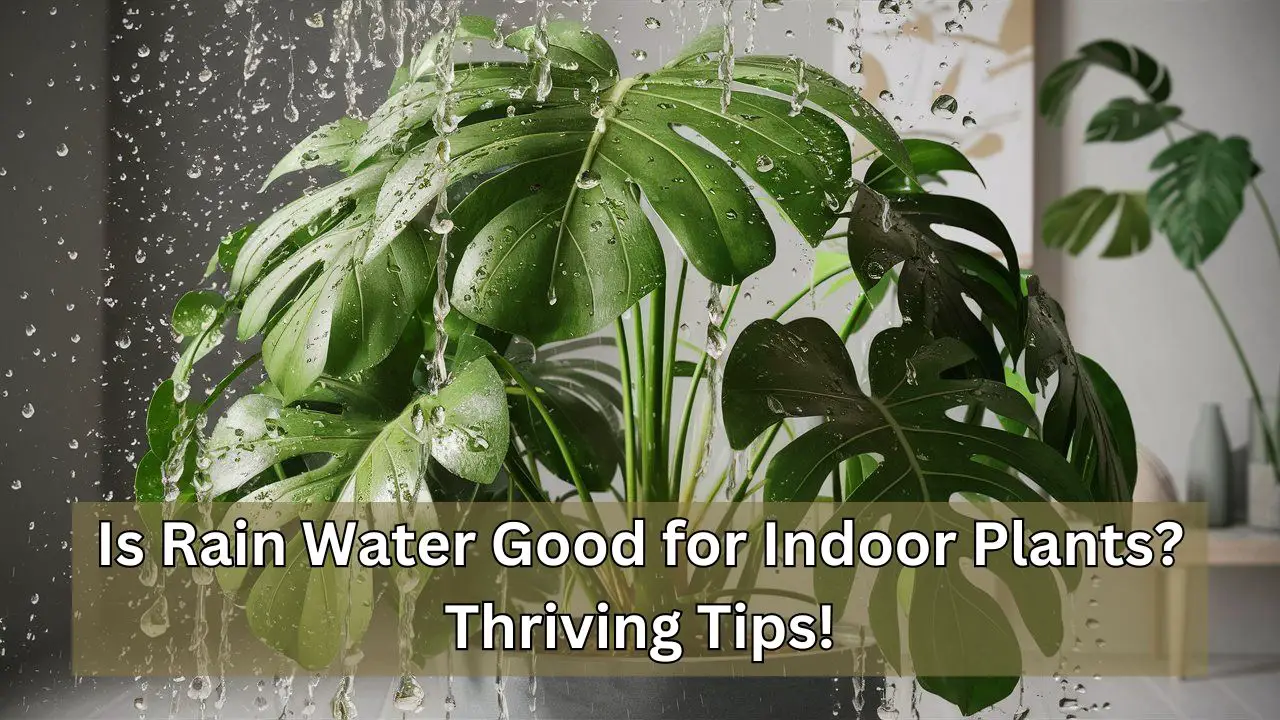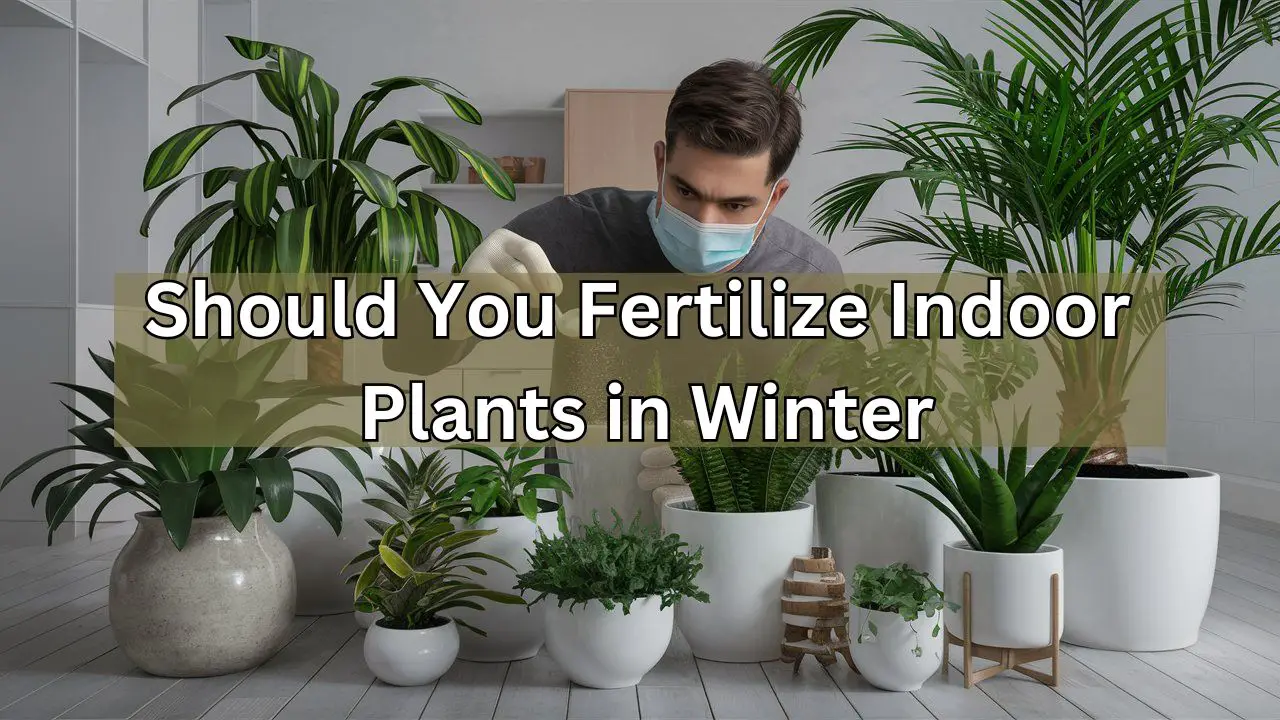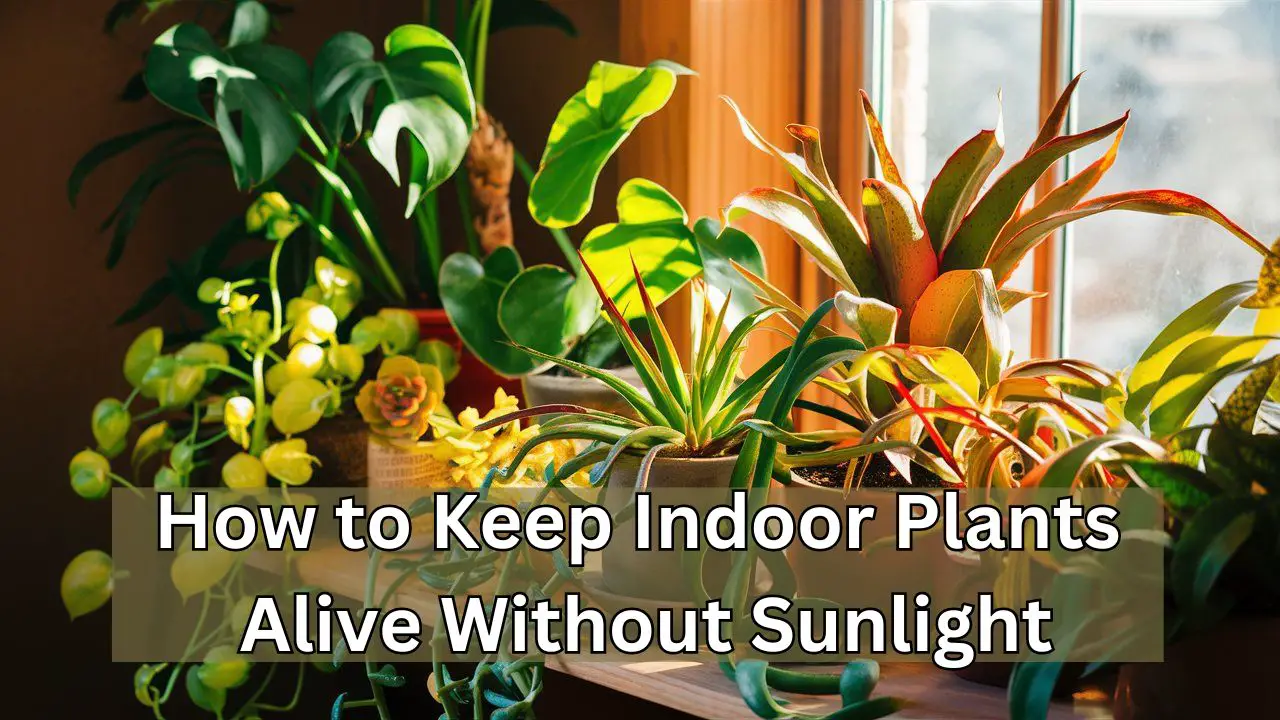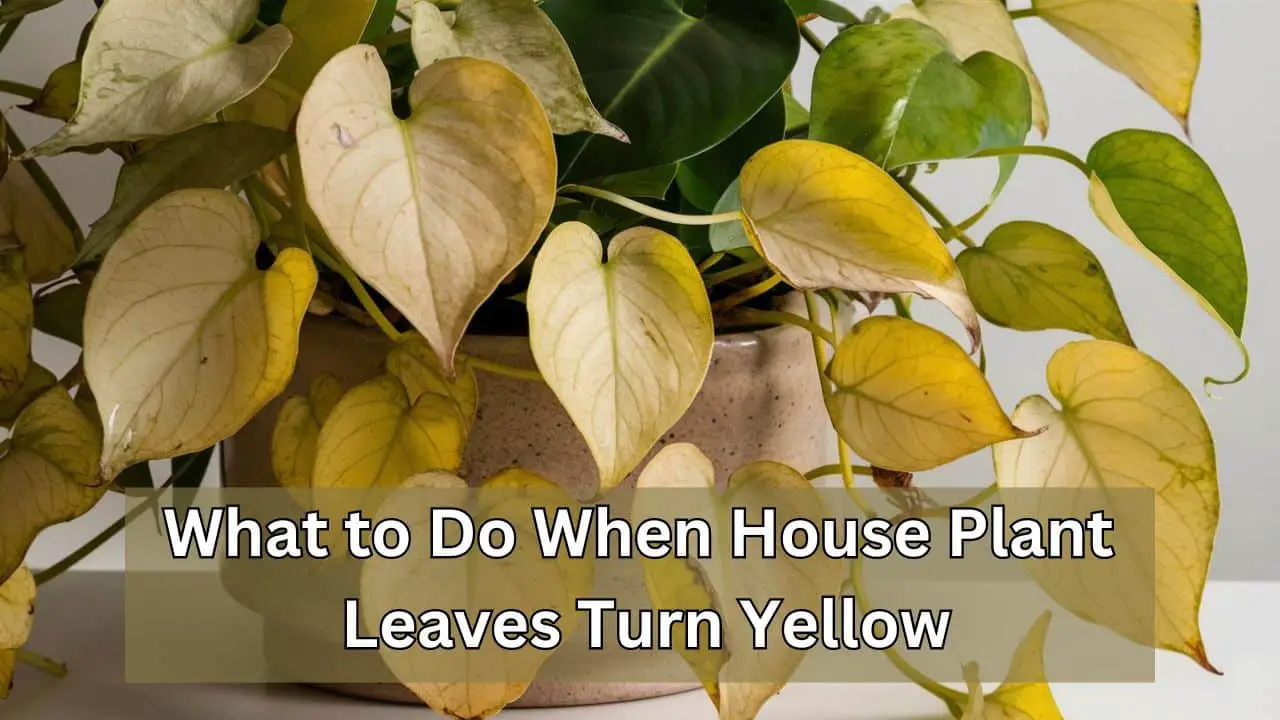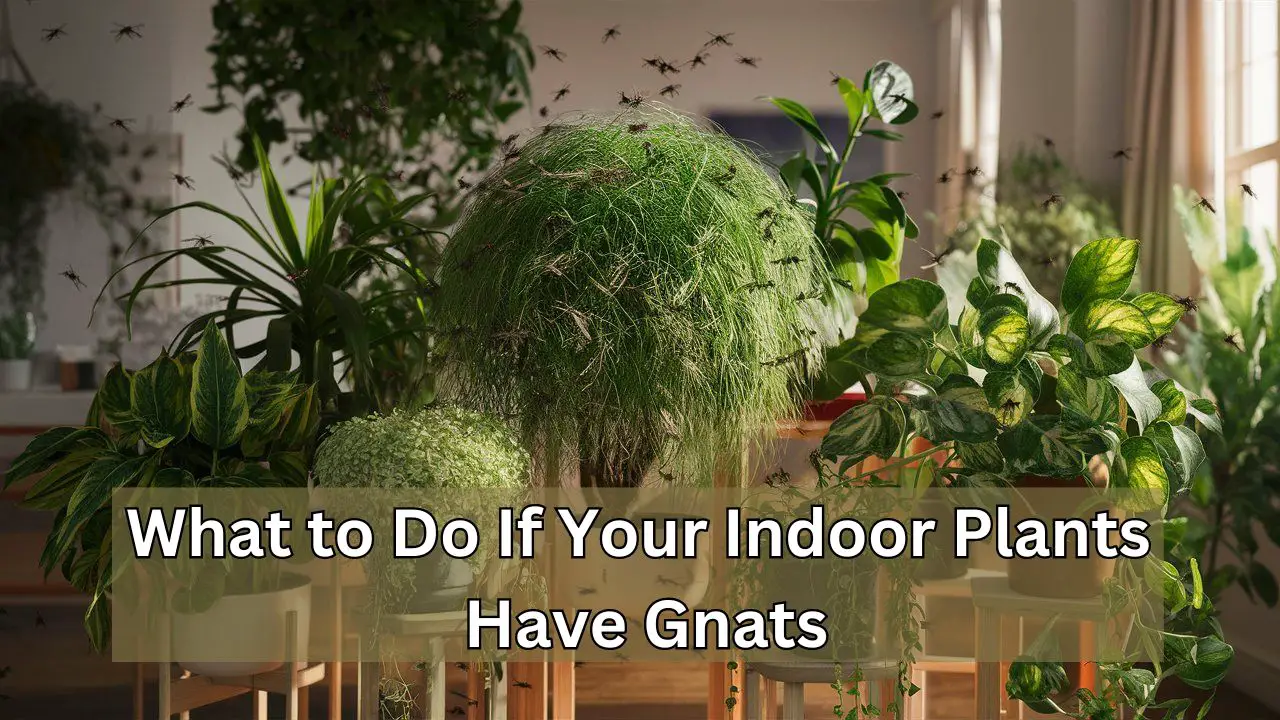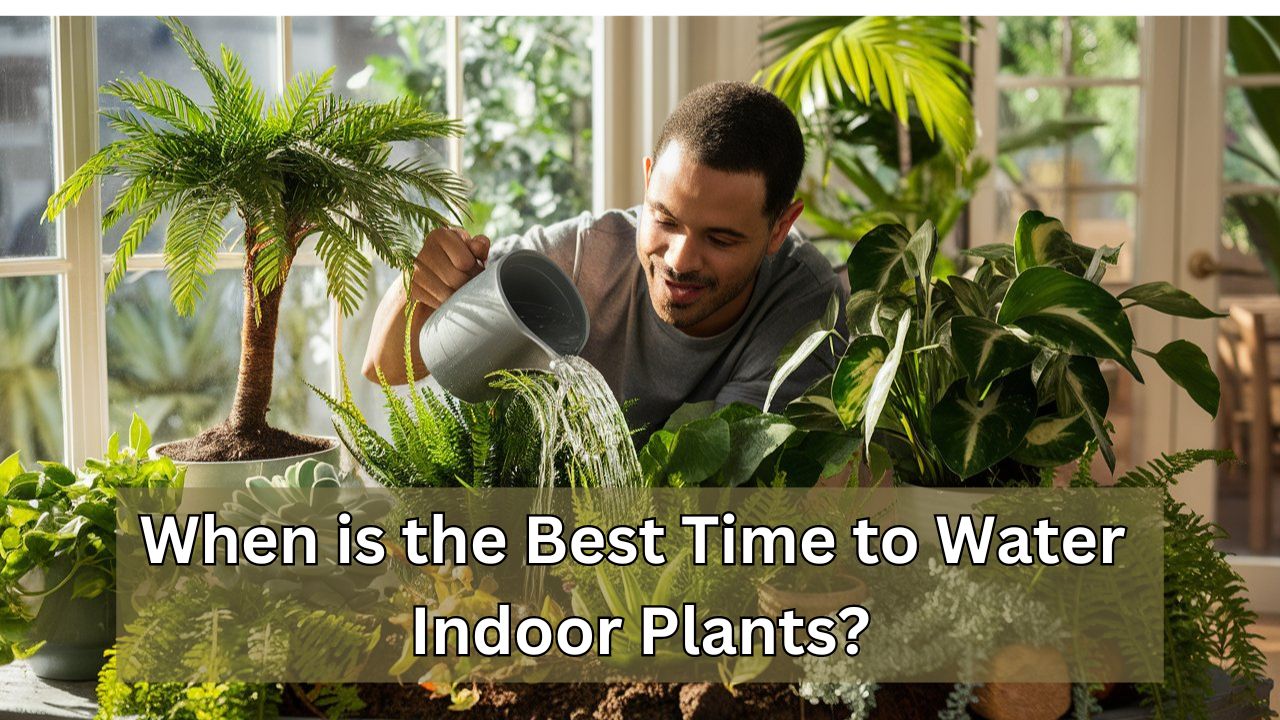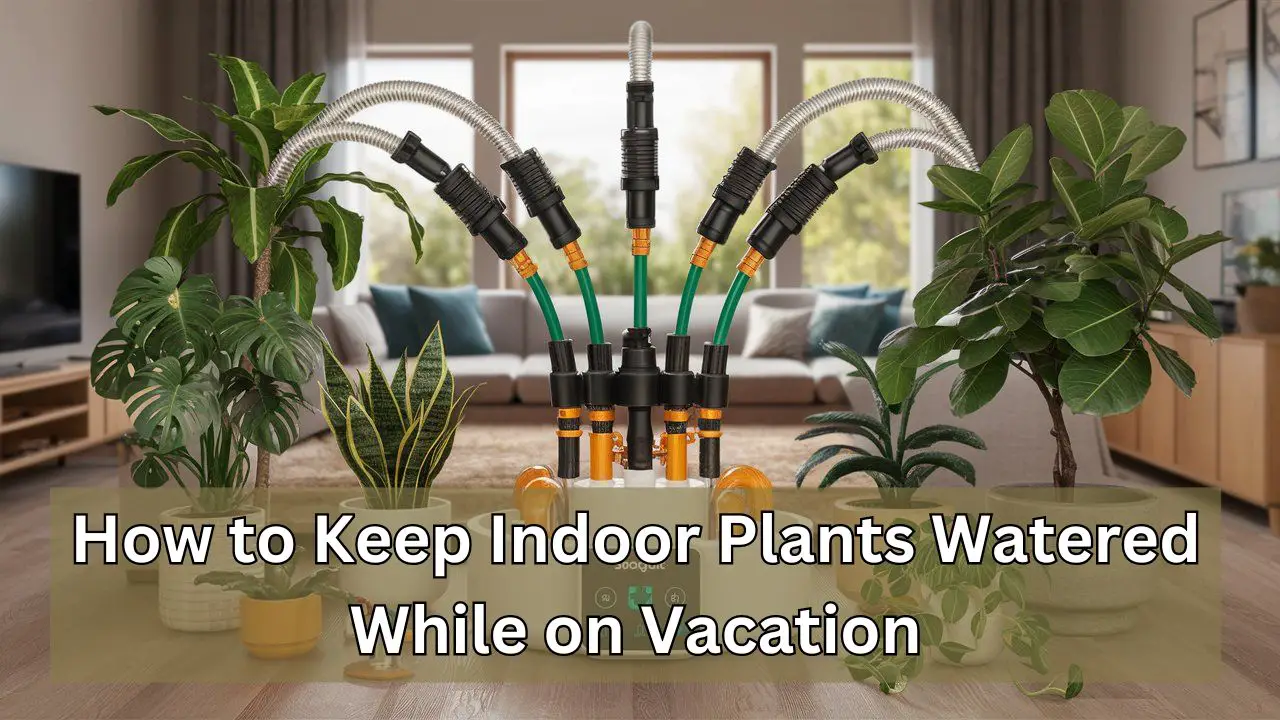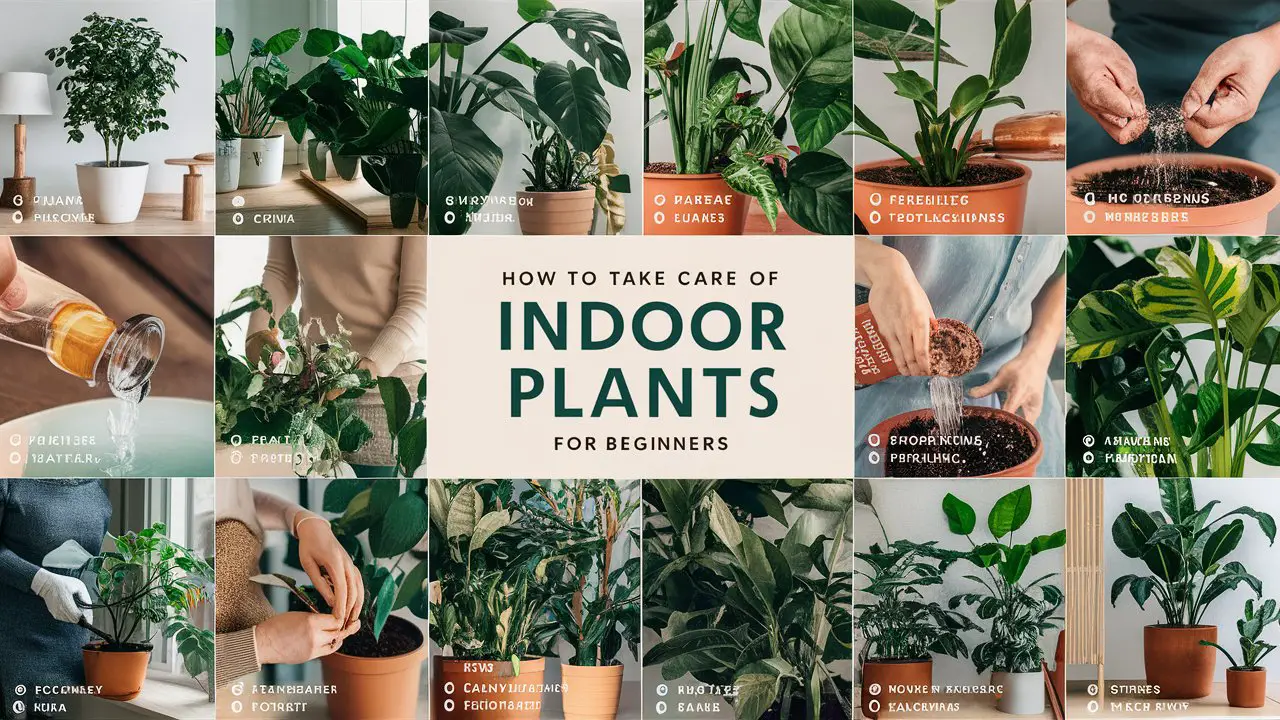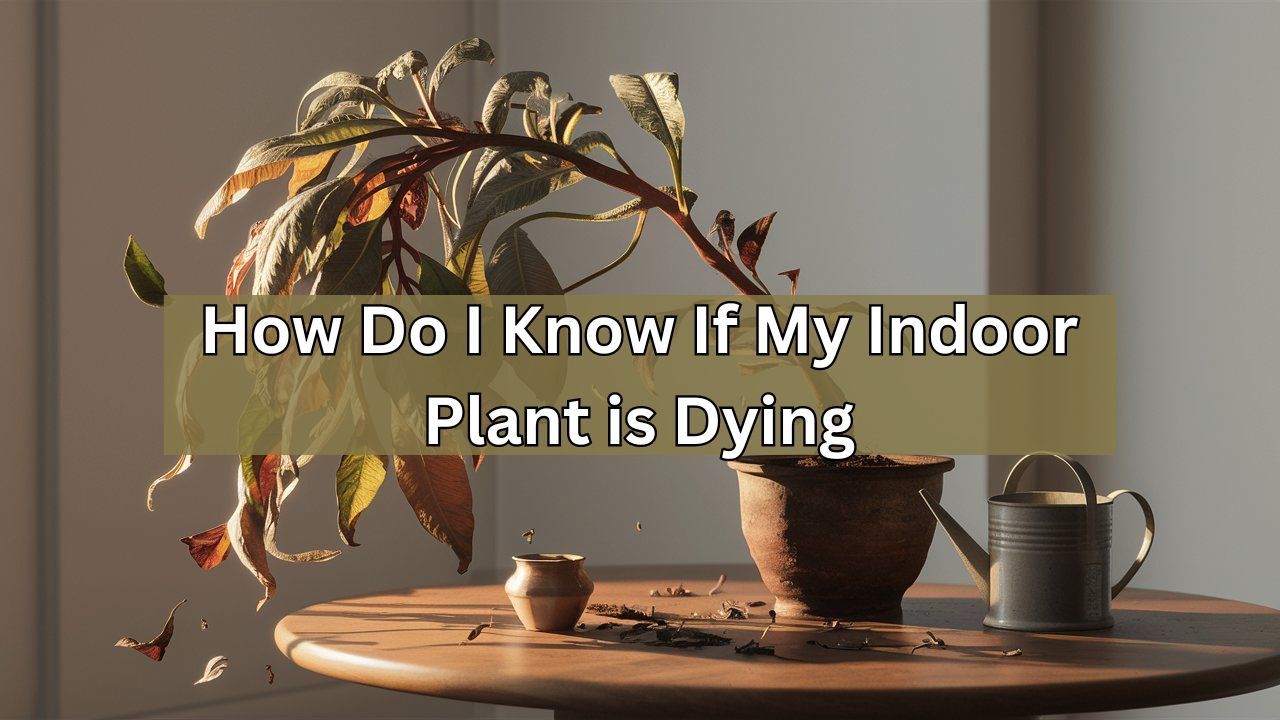Author: Raihan Saiful
-
Why My Indoor Plant is Turning Yellow: Unearth Causes & Fixes
Overwatering or poor drainage often causes indoor plants to turn yellow. Insufficient light or nutrient deficiencies can also be factors. Yellowing leaves on indoor plants can be concerning for plant owners. Understanding the reasons behind this issue is crucial for maintaining plant health. Overwatering is a common culprit, leading to root rot and yellow leaves.…
Categories: Indoor Plants -
Is Rain Water Good for Indoor Plants? Thriving Tips!
Yes, rainwater is good for indoor plants. It contains fewer chemicals and is generally softer than tap water. Rainwater benefits indoor plants by providing them with natural hydration free from added chemicals like chlorine and fluoride, commonly found in tap water. This soft water helps prevent the build-up of salts and minerals in the soil,…
Categories: Indoor Plants -
Should You Fertilize Indoor Plants in The Winter? Unveil the Truth!
No, you should not fertilize indoor plants in the winter. Most indoor plants enter a dormant phase during winter. Indoor plants typically go through a period of dormancy in the winter months. During this time, their growth slows down, and they require less nutrients. Fertilizing them during this period can lead to nutrient buildup in…
Categories: Indoor Plants -
How to Keep Indoor Plants Alive Without Sunlight: Thrive Guide
Use artificial light and select low-light plants to keep indoor plants alive without sunlight. Maintain proper watering and humidity levels. Indoor plants bring life and color to any space. Many people worry about keeping them alive without natural sunlight. The good news is that you can still maintain healthy plants with the right strategies. Selecting…
Categories: Indoor Plants -
What to Do When House Plant Leaves Turn Yellow: Revive Tips
Check the plant’s water and light conditions. Adjust watering and lighting as needed. Yellowing leaves on house plants can be a cause for concern. It often indicates issues with watering, lighting, or nutrient deficiencies. Overwatering is a common culprit, leading to root rot and yellow leaves. Conversely, underwatering can also stress the plant, causing discoloration.…
Categories: House Plants -
What to Do If Your Indoor Plants Have Gnats: Quick Fixes!
To eliminate gnats from indoor plants, let the soil dry out and use sticky traps. Neem oil or hydrogen peroxide can also help. Gnats can be a nuisance for indoor plant enthusiasts. These tiny insects thrive in moist soil and can quickly multiply. Dealing with them promptly is crucial to protect your plants. Besides drying…
Categories: Indoor Plants -
When is the Best Time to Water Indoor Plants: Unveil Secrets
The best time to water indoor plants is in the morning. This allows the soil to dry out during the day. Watering indoor plants in the morning helps them absorb moisture before the midday heat. This prevents issues like root rot and fungal growth. Morning watering also ensures that the plants have sufficient moisture to…
Categories: Indoor Plants -
How to Keep Indoor Plants Watered While on Vacation: Easy Tips!
To keep indoor plants watered while on vacation, use self-watering systems or ask a friend for help. Ensure plants receive enough moisture. Going on vacation can be stressful for plant owners. Ensuring your indoor plants stay healthy and hydrated during your absence is crucial. One effective method is using self-watering systems like wicking pots or…
Categories: Indoor Plants -
How to Take Care of Indoor Plants for Beginners: Easy Tips!
Water your indoor plants regularly and ensure they receive adequate light. Avoid overwatering and check for proper drainage. Indoor plants can brighten up any living space, creating a refreshing and vibrant atmosphere. Beginners often find plant care challenging, but with a few simple tips, maintaining healthy indoor plants becomes manageable. Selecting the right plants for…
Categories: Indoor Plants

